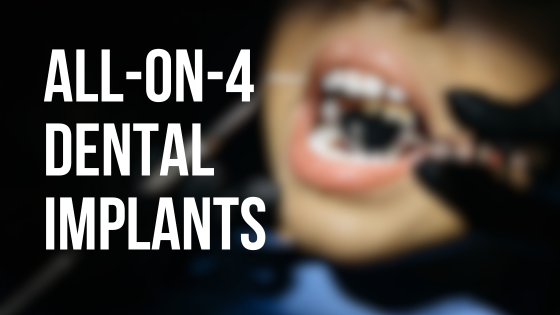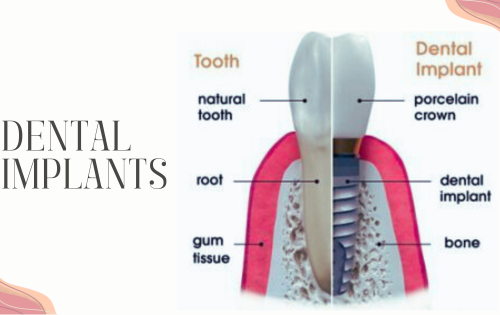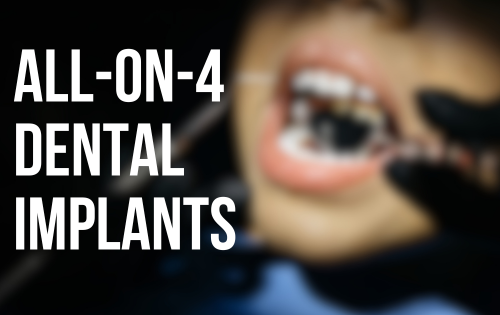Dental implants have revolutionized the way patients restore their smiles, and the All-on-4 method has become one of the most efficient and transformative procedures available today. Designed to replace an entire arch of teeth using just four implants, this treatment offers a permanent solution for individuals struggling with missing or failing teeth. In San Antonio, clinics such as Denture Implants San Antonio are guiding patients through this process, ensuring that each step is clear, comfortable, and tailored to individual needs.
The Initial Consultation
Every successful All-on-4 journey begins with a thorough consultation. During this stage, the dentist evaluates the patient’s oral health, bone density, and medical history. Advanced imaging technology, such as 3D scans, is often used to create a detailed picture of the jaw structure. This allows the dental team to determine whether the patient is a good candidate for the procedure and to design a personalized treatment plan.

Patients are encouraged to ask questions about the process, recovery, and long-term expectations. Clinics like Denture Implants San Antonio emphasize transparency at this stage, ensuring patients understand both the benefits and the responsibilities that come with implants.
Preparing for Surgery
Once the treatment plan is finalized, preparation begins. This may include addressing existing dental issues such as infections or damaged teeth that need removal. Patients are also given guidance on pre-surgery care, which may involve dietary adjustments or medication instructions.
The preparation phase is crucial because it sets the foundation for a smooth surgical experience. By carefully planning each detail, dentists can minimize complications and maximize the chances of long-term success.
The Surgical Procedure
The surgery itself is typically completed in a single day. Four titanium implants are strategically placed into the jawbone—two at the front and two angled at the back. This unique positioning provides maximum stability and support, even for patients with reduced bone density.
Immediately after placement, a temporary prosthetic arch is attached to the implants. This means patients leave the office with functional teeth on the same day, often referred to as the “teeth in a day” approach. For many, this is the most exciting part of the journey, as they can smile, eat, and speak with renewed confidence almost instantly.
Clinics such as Denture Implants San Antonio specialize in making this stage as comfortable as possible, using advanced techniques to reduce discomfort and ensure precise implant placement.
Recovery and Healing
Following surgery, patients enter the healing phase. During this time, the implants undergo a process called osseointegration, where they fuse with the jawbone to create a stable foundation. This period typically lasts several months, though most patients can resume normal activities within a few days.
Dentists provide detailed aftercare instructions, including recommendations for diet, oral hygiene, and follow-up appointments. Mild swelling or soreness is common, but these symptoms usually subside quickly. The key to successful recovery is following the dentist’s guidance closely and maintaining good oral hygiene practices.
The Final Prosthetic
Once healing is complete, the temporary prosthetic is replaced with a permanent, custom-designed arch. This final restoration is crafted to match the patient’s facial structure, bite, and aesthetic preferences. The result is a natural-looking set of teeth that function just like real ones.
Patients often describe this stage as life-changing. The permanent prosthetic not only restores full function but also enhances appearance, giving individuals the confidence to smile freely and enjoy their favorite foods without restriction.
Long-Term Maintenance
All-on-4 dental implants are designed to last for decades, but proper care is essential. Patients are advised to brush and floss daily, attend regular dental check-ups, and avoid habits that could damage the implants, such as smoking or chewing on hard objects.
Clinics like Denture Implants San Antonio provide ongoing support, offering maintenance appointments and guidance to ensure implants remain healthy and functional. With consistent care, patients can expect their implants to provide lasting benefits for many years.
Conclusion
The All-on-4 dental implant journey is a comprehensive process that begins with consultation and ends with a permanent, functional smile. Each stage—from preparation to surgery, recovery, and final restoration—plays a vital role in ensuring success. In San Antonio, practices such as Denture Implants San Antonio are leading the way, offering patients advanced technology, expert care, and personalized guidance throughout the entire journey.
For individuals seeking a reliable and transformative solution to tooth loss, All-on-4 implants represent a modern approach that combines efficiency, durability, and natural aesthetics. With the right dental team, the journey is not only manageable but also profoundly rewarding, giving patients the confidence to embrace life with a renewed smile.
















